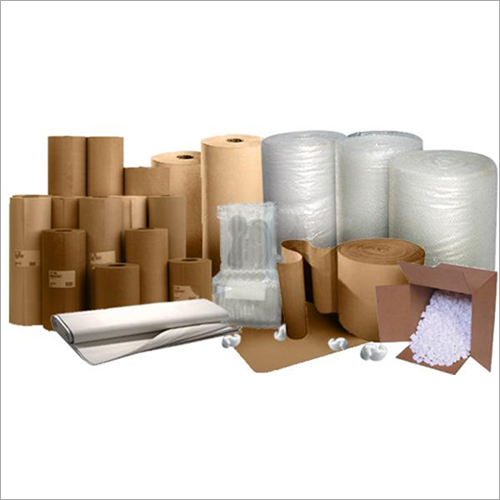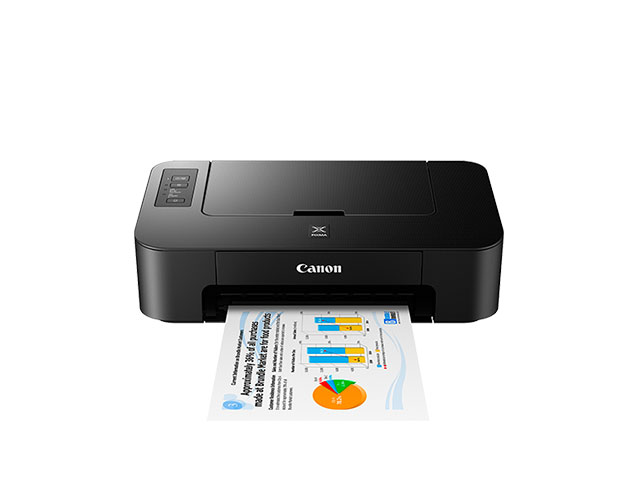In today's world, packaging plays a crucial role in various industries, ensuring the safe transportation and preservation of products. When it comes to packaging materials, two popular options are paper and plastic. Both have their advantages and disadvantages, and understanding the difference between them is essential for businesses and consumers alike. In this article, we will delve into the various aspects of paper packaging and plastic packaging, exploring their environmental impact, functionality, and overall suitability for different applications.
- Environmental Impact:
One of the most significant considerations when choosing between paper and plastic packaging is their environmental impact. Paper packaging is often perceived as more eco-friendly due to its biodegradability and recyclability. It is derived from renewable resources, such as trees, and can be easily recycled or composted. On the other hand, plastic packaging is known for its durability but has a negative reputation due to its non-biodegradable nature and contribution to pollution. However, it is worth noting that advancements in plastic recycling technologies are being made, reducing its environmental impact. - Functionality and Performance:
When it comes to functionality, both paper and plastic packaging have their unique strengths. Paper packaging is known for its versatility and ability to be easily customized. It can be folded, molded, or shaped into various forms, making it suitable for a wide range of products. Additionally, paper packaging provides excellent printability, allowing for attractive branding and product information display. On the other hand, plastic packaging offers superior durability and resistance to moisture, making it ideal for products that require protection from external elements. Plastic packaging also provides better barrier properties, ensuring the freshness and longevity of perishable goods. - Suitability for Different Applications:
The choice between paper and plastic packaging largely depends on the specific application and product requirements. Paper packaging is commonly used for items such as food containers, paper bags, and cardboard boxes. Its natural and eco-friendly image makes it a preferred choice for businesses aiming to promote sustainability. Plastic packaging, on the other hand, finds extensive use in industries such as pharmaceuticals, electronics, and personal care products, where protection and durability are paramount. Plastic packaging is also lightweight, reducing transportation costs and energy consumption.
Conclusion:
In conclusion, the choice between paper packaging and plastic packaging depends on various factors, including environmental impact, functionality, and suitability for different applications. While paper packaging is often considered more environmentally friendly, plastic packaging offers superior durability and barrier properties. Ultimately, businesses and consumers should carefully evaluate their specific needs and consider the lifecycle impact of each material. Striking a balance between functionality and sustainability is key to making informed packaging choices in today's world.


